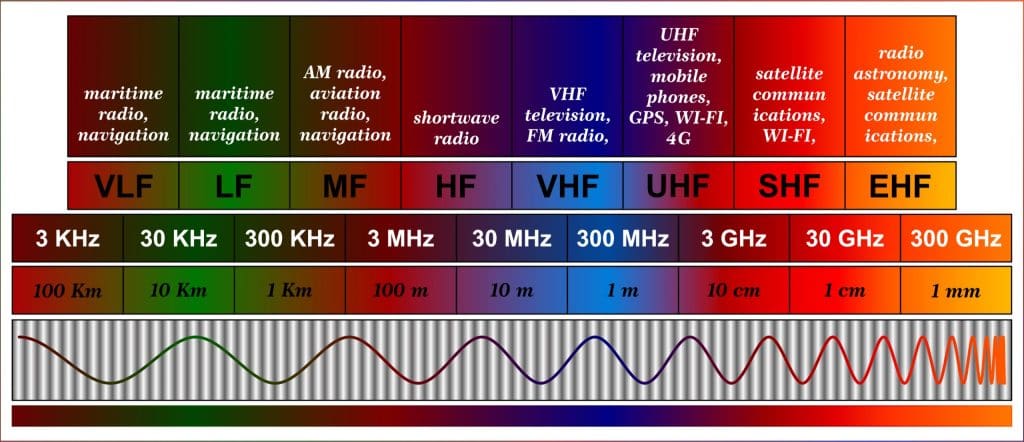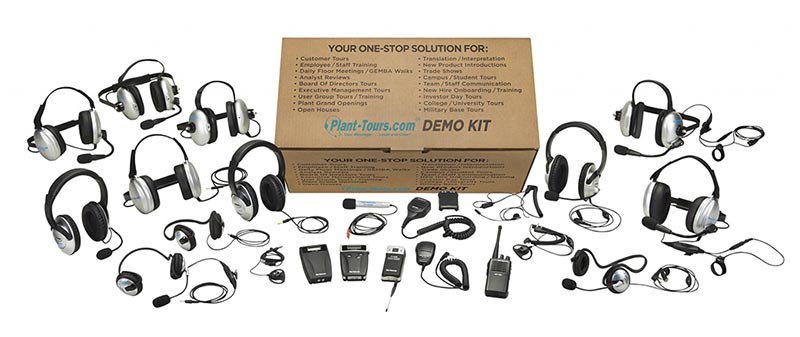Two Way Radios vs Walkie Talkies
When I first entered the world of communication technology, I thought two-way radios and walkie-talkies were essentially the same device. It is not surprising, since the terms are often used interchangeably, especially in the United States. However, the reality is that they have different characteristics that make them distinct product groups.
I think that the best way to define the two types of device is to remember that walkie talkies are always two-way radios while two-way radios are not always walkie talkies. Both send and receive radio transmissions, however, the two devices serve different purposes and excel in specific scenarios, depending on the user’s needs and environment.
Two-way radios are often more robust and versatile, built for industrial, professional, and business-critical communication. They feature advanced capabilities such as programmable channels, extended range, and integration with other communication systems. Walkie-talkies, on the other hand, are typically less sophisticated, designed for casual, recreational, or short-range use.
Understanding these distinctions is critical when choosing the right communication devices for your needs, and in this article I will discuss how you can ensure you have the right tool for your application and industry, as well as share some top tips for finding what you need. Read on to learn more.
Applications and Use Cases
In my experience, the decision between using two-way radios or walkie-talkies largely depends on the intended application. Below I look at some of the most common applications for both.
Business and Industrial Use — Two-way radios shine in industries like construction, manufacturing, and hospitality. For example, a construction site’s sprawling layout demands robust communication devices capable of operating over long distances and in challenging conditions. Two-way radios often include features like noise cancellation and durable designs to withstand harsh environments.
Event Coordination — When managing large events, such as festivals or conferences, two-way radios provide reliable, clear communication between security, logistics, and operations teams. Their ability to operate on multiple channels ensures seamless coordination without interference.
Recreational Activities — Walkie-talkies are perfect for hiking, camping, or family outings. They’re lightweight, easy to use, and sufficient for short-range communication in outdoor settings. For instance, I’ve used walkie-talkies during camping trips to stay connected with group members when mobile networks were unavailable.
Industry Specialization
Different industries have unique communication requirements, and the choice between two-way radios and walkie-talkies can depend on these needs. As expert within the two-way radio field, we supply a range of systems to the following industries.
- Automotive Manufacturing — In fast-paced automotive plants, two-way radios are essential for coordinating production lines, ensuring safety, and minimizing downtime. Their rugged design and clear audio performance are key for efficient operations.
- Construction — Construction sites rely on two-way radios to connect workers across large and often hazardous areas. Features like noise-canceling microphones and durability against dust and water make them indispensable.
- Education — Schools and universities benefit from two-way radios for security and operational coordination. Administrators and staff can quickly respond to emergencies or manage events seamlessly.
- Events & Trade Shows — Large-scale events depend on two-way radios to keep security, logistics, and operations teams connected. Multiple channels ensure each team can communicate without interference.
- Food & Beverage Manufacturing — In environments where hygiene and safety are paramount, two-way radios help streamline operations and maintain compliance with industry standards. Hands-free options can enhance productivity.
- Manufacturing — Two-way radios support efficiency and safety in manufacturing facilities. Their ability to function in noisy environments and their durability ensure they withstand challenging conditions.
- Tourism — Tour operators and guides use walkie-talkies and two-way radios to coordinate with groups and provide a seamless experience. Their lightweight design and reliability are ideal for outdoor adventures.
- Hospitality — Hotels and resorts rely on compact two-way radios for discreet and efficient communication among staff, ensuring guests receive exceptional service.
- Healthcare — Hospitals and clinics use two-way radios with private channels and real-time location tracking to protect patient privacy and ensure quick responses to emergencies.
- Houses of Worship — Churches, mosques, and temples use two-way radios to coordinate events, manage large gatherings, and ensure safety during services and community activities.
Product Features and Selection
When choosing between two-way radios and walkie-talkies, prioritize the features that align with your needs. Here’s what to look for:
Two-Way Radios
- Programmable Channels — Customizable channels for different teams or tasks.
- Durability — Look for IP ratings indicating resistance to water, dust, and shock.
- Advanced Features — Consider options like GPS, Bluetooth integration, and emergency alerts.
- Frequency Options — Two-way radios operate in ranges such as VHF (136-174 MHz) and UHF (400-512 MHz). VHF excels in outdoor open spaces, while UHF is ideal for indoor or obstructed environments.
- Analog vs. Digital — Analog radios are budget-friendly with clear voice transmission, while digital radios offer advanced capabilities like messaging and location services.
- Full-Duplex and Half-Duplex Modes — Full-duplex allows simultaneous sending and receiving, while half-duplex supports one activity at a time.
- VOX (Voice Operated Exchange) — Hands-free operation for environments with minimal background noise.
- Privacy Codes — Sub-channels to eliminate interference from other users on the same frequency.
Walkie-Talkies
- Ease of Use — Simple controls and minimal setup are ideal for casual users.
- Portability — Lightweight designs are perfect for recreational activities.
- Affordability — Budget-friendly options make them accessible for occasional use.
- Battery Type — Often powered by AA or AAA batteries, making replacements convenient.
My Personal Recommendation — If you’re running a business or working in an industry that requires robust communication, I highly recommend that you invest in two-way radios. Their reliability and advanced features justify the cost. For personal or recreational use, walkie-talkies are a practical and affordable choice.
Expert Advice and Tips
Over the years, I’ve picked up several tips for getting the most out of these devices. Here are some key insights:
1. Assess Your Range Needs — Two-way radios generally have a longer range than walkie-talkies, making them ideal for large areas. However, factors like terrain and building materials can affect performance. Use repeaters or external antennas to extend coverage if necessary.
2. Understand Battery Capacity — Battery life can vary significantly between models. In my experience, two-way radios often include high-capacity rechargeable batteries, while walkie-talkies typically use standard AA or AAA batteries. Consider your usage patterns and choose accordingly.
3. Train Your Team —Proper training is crucial for effective communication. Familiarize your team with the device’s features, such as channel selection and emergency alerts. This reduces user errors and improves efficiency.
4. Conduct Regular Maintenance — Keep your devices in top condition by cleaning them regularly and checking for firmware updates. For businesses, scheduling periodic maintenance checks can prevent unexpected issues.
Understand Frequency Regulations — Be aware of frequency designations like GMRS, MURS, VHF, and UHF, as well as licensing requirements for certain frequencies. Choosing the right frequency can significantly improve performance and compliance in your communication setup.
Customer Support and Services
There are many great two-way radio manufacturers such as Motorola, Midland and Kenwood but none have the manufacturing industry focus and experience that Plant-Tours.com can offer. Plant-Tours is North America’s foremost expert in improving manufacturing group communication, education, training and group hospitality processes. Plant-Tours.com has provided consulting services with the majority of Fortune 500 industrial corporations improving group communication dynamics of all types in manufacturing environments for over 18 years.
Technical Assistance — I’ve seen firsthand how technical support can make or break a user’s experience. Two-way radio manufacturers often provide comprehensive customer support, including training on advanced features, firmware updates, and troubleshooting for complex integrations. In contrast, walkie-talkie support tends to be more limited but sufficient for their straightforward functionality.
Warranty and Repairs — When evaluating suppliers, check the warranty terms and repair services. For example, some two-way radio brands offer extended warranties and expedited repair services, which I know are invaluable for businesses that rely on uninterrupted communication.Plant-Tours.com manufactures the most reliable, compact, lightweight, easy to use, highest quality one-way and two-way headset communication systems for the manufacturing, industrial and institution markets. Check out the best two-way radios on the market here!







